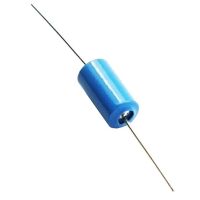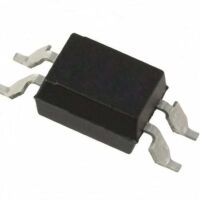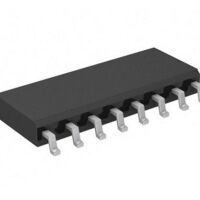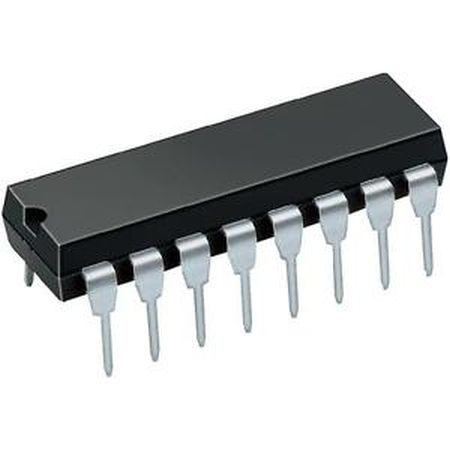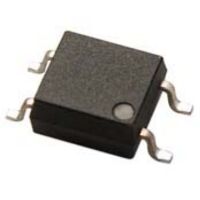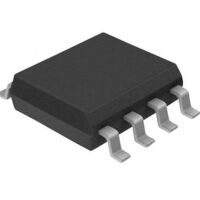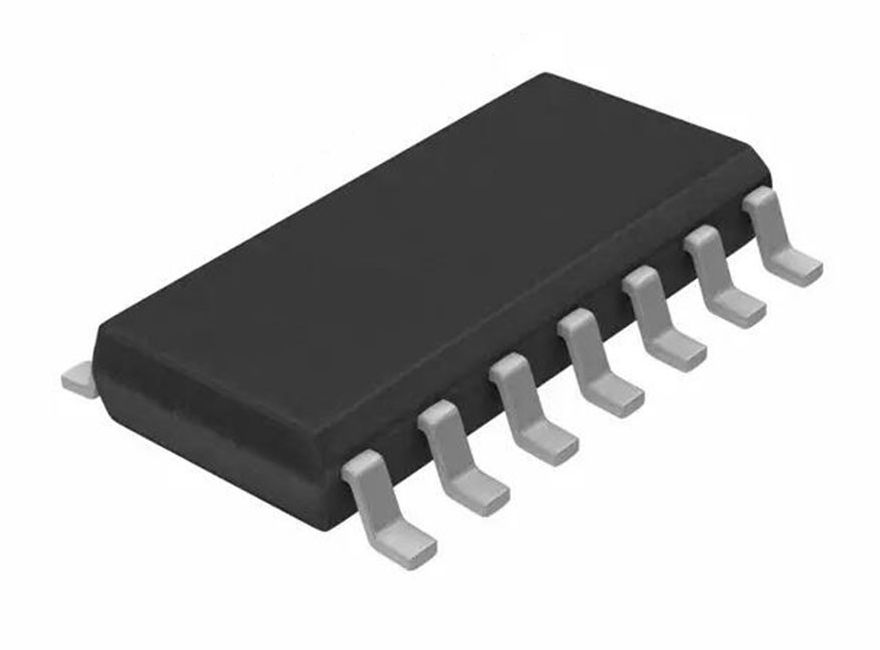
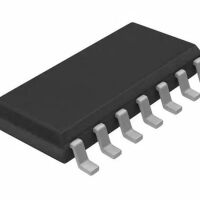
Bilateral Switch 4-kanaals CD4066 SOP-14
€ 0,35 incl. BTW
- Beschrijving
- Extra informatie
- Q & A
Beschrijving
Informatie (ENG)
The CD4066B device is a quad bilateral switch intended for the transmission or multiplexing of analog or digital signals. It is pin-for-pin compatible with the CD4016B device, but exhibits a much lower on-state resistance. In addition, the on-state resistance is relatively constant over the full signalinput range.
The CD4066B device consists of four bilateral switches, each with independent controls. Both the p and the n devices in a given switch are biased on or off simultaneously by the control signal. the well of the n-channel device on each switch is tied to either the input (when the switch is on) or to VSS (when the switch is off). This configuration eliminates the variation of the switchtransistor threshold voltage with input signal and, thus, keeps the on-state resistance low over the full operating-signal range. The advantages over single-channel switches include peak input-signal voltage swings equal to the full supply voltage and more constant on-state impedance over the input-signal range. However, for sample-and-hold applications, the CD4016B device is recommended.
CD4016 vs. CD4066
The differences between these ICs has not really been explained well for DIYers. Lets see if we can do something about that.
The 4016 and 4066 are both bilateral switches. By bilateral we mean that signals can go in both directions through the switch. Both have four SPST switches. Both share the same pinouts therefore they can be used to replace each other. The difference is that the 4016 has a higher internal resistance across the switch. This means a loss of signal fidelity. The 4016 is really meant for other types of switching and is not optimized for audio switching. The 4066 is much better for audio switching.,the CD4066 has very low internal resistance, according to the datasheet it can only 5Ω of on-state resistance as compared with 200Ω of CD4016 IC. Hence the CD4066 is used in places where weak signals are involved like audio signals or in places where higher switching efficiency is needed.
No matter which IC you choose to use you should use it at full supply voltage. The internal resistance of the switches increases when you use lower voltages. Audio problems can occur if you use them at the typical digital voltages of 3-5 volts. Since most effects use a 9v supply so use the full 9v. I have used them at as high as 15v with no problems.
Extra informatie
| Gewicht | 0,5 g |
|---|---|
| Afmetingen | 0,5 × 1 × 0,5 mm |



